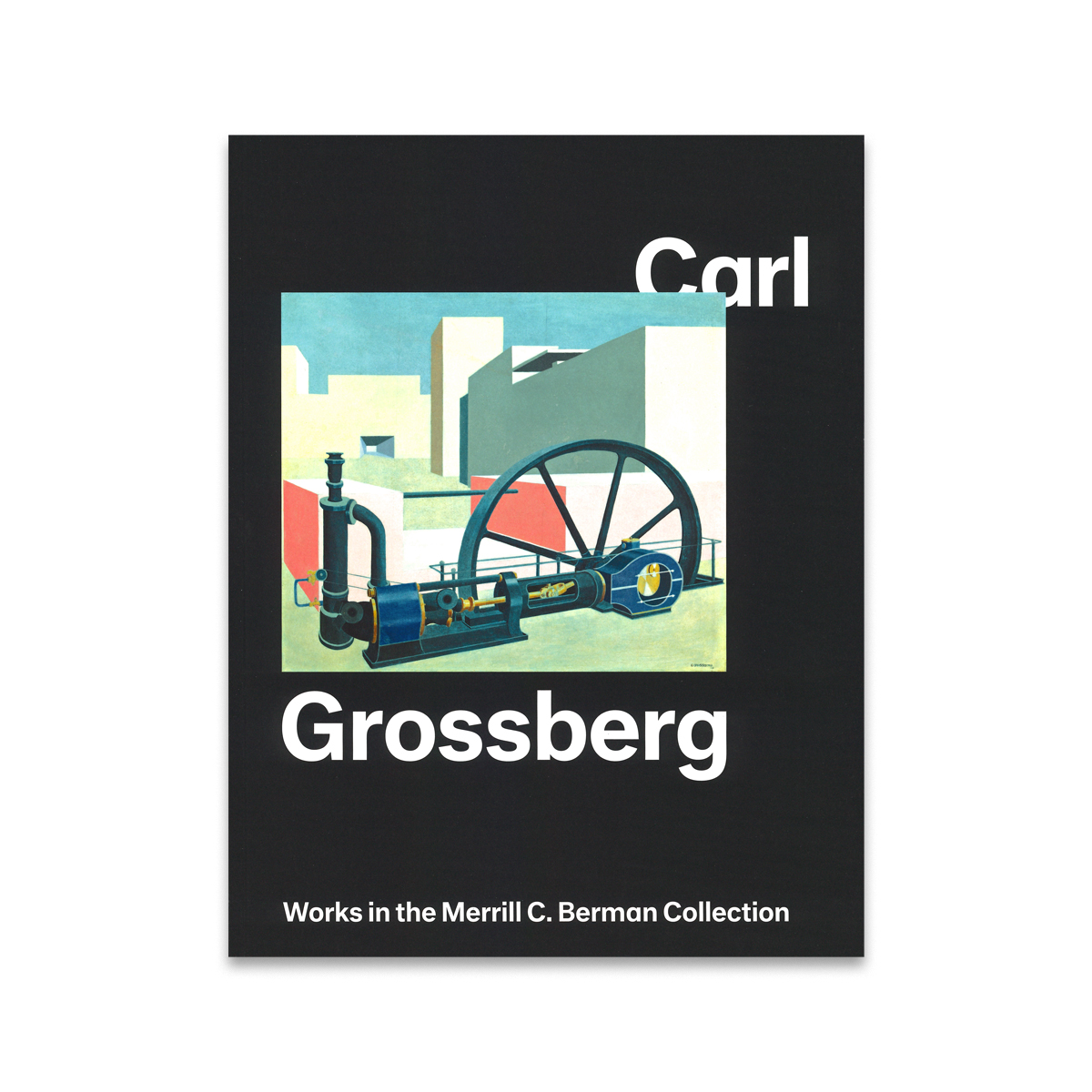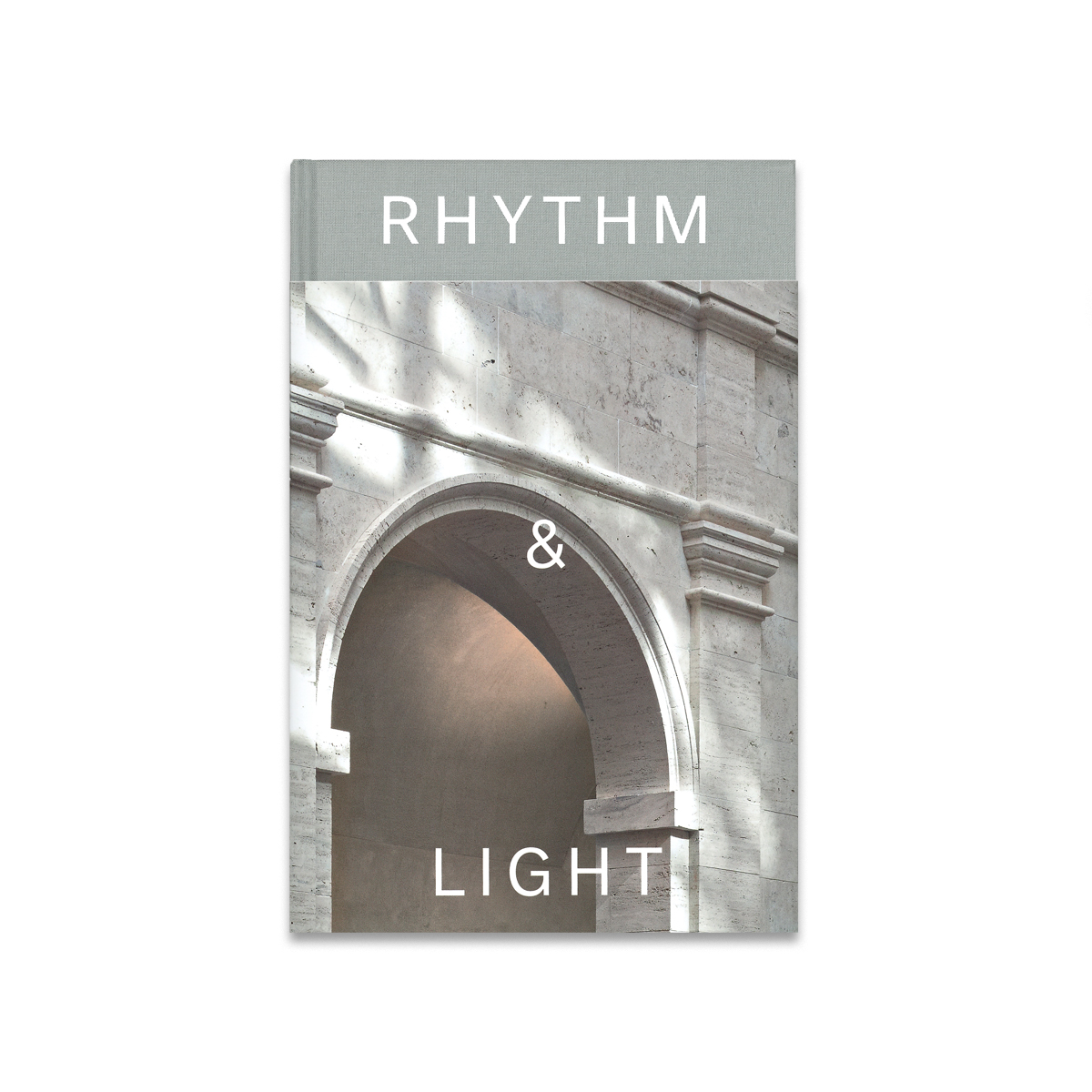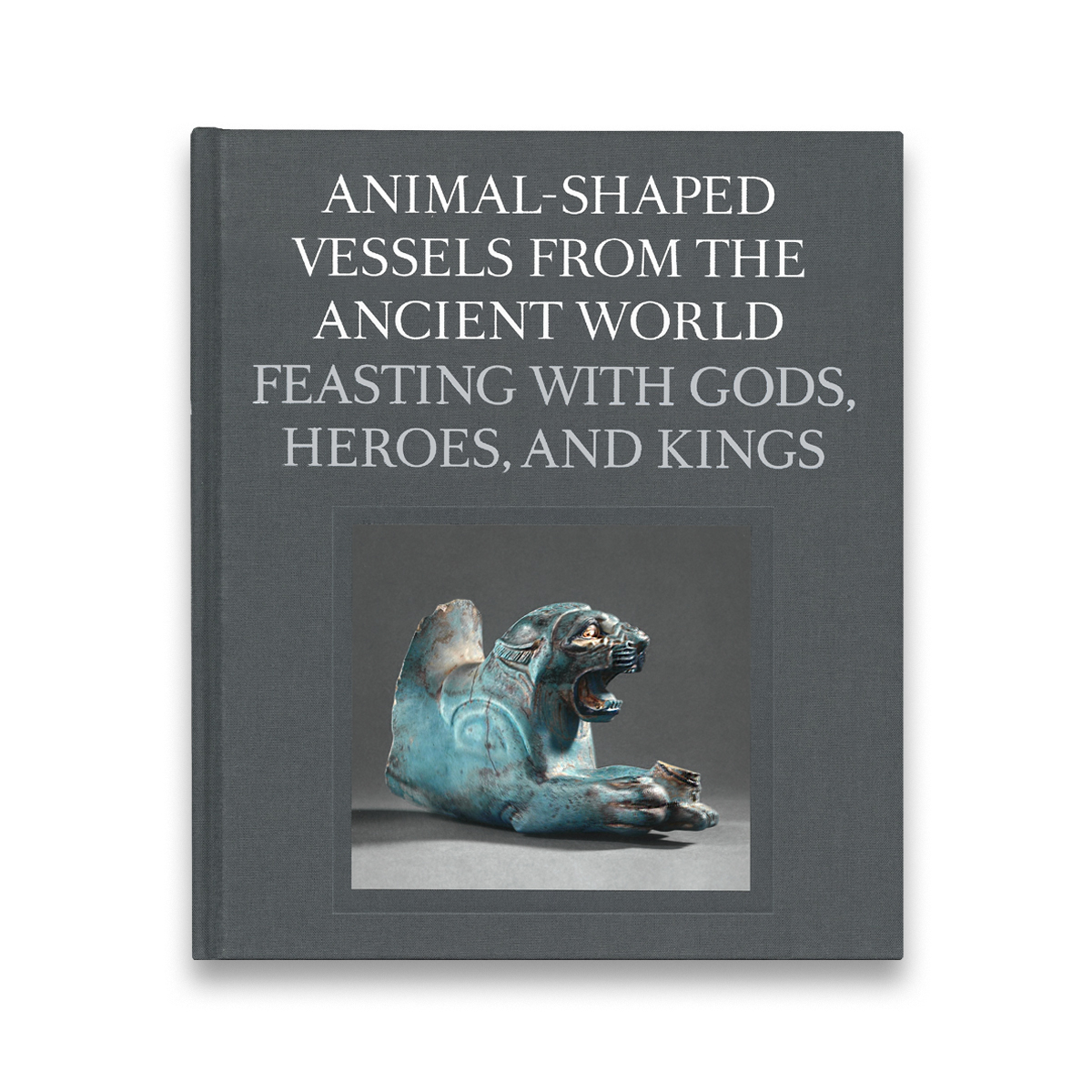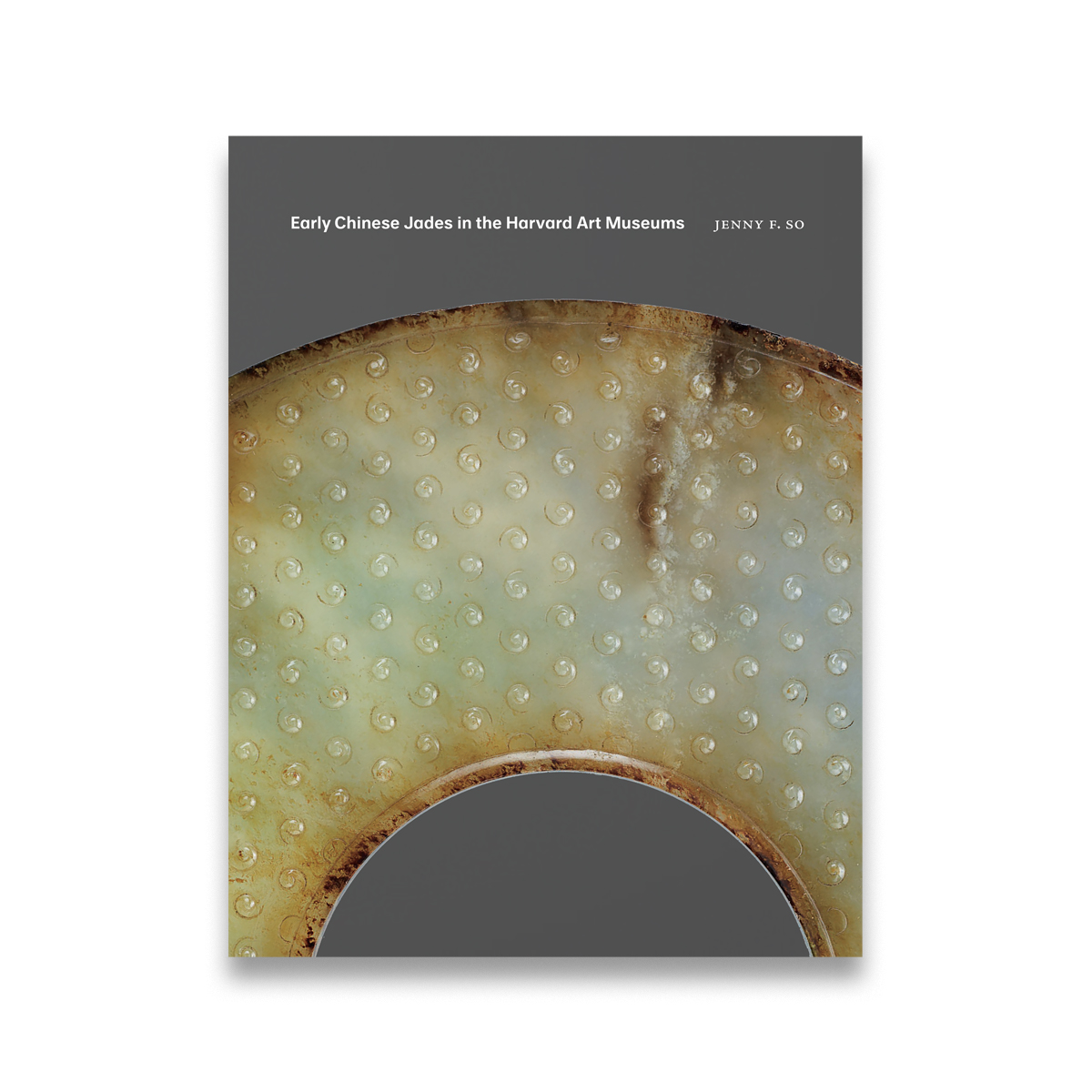Carl Grossberg (1894–1940), a Bauhaus-trained painter and interior designer, received long overdue attention in our volume Carl Grossberg: Works in the Merrill C. Berman Collection—the first English-language publication to focus on this German artist. Written by Melissa Venator, the 2016–19 Stefan Engelhorn Curatorial Fellow in the Busch-Reisinger Museum, the book introduces Grossberg’s paintings, commercial illustration, and interior design by way of the formidable collection of Merrill C. Berman (Harvard Class of 1960). His collection is the most comprehensive assemblage of Grossberg’s work outside Germany.
Although Grossberg’s career spanned just 15 years, he produced hundreds of works, which are characterized by technical realism and bright colors. Inspired by the industry and architecture of interwar Germany, machines and factories dominated his oeuvre, as is evident throughout the short publication. Venator provides illuminating discussion of many of his works, alongside full-color reproductions.
The book served as a complement to the installation Carl Grossberg: Selections from the Merrill C. Berman Collection, which was on view at the Harvard Art Museums from August 4, 2017 through July 22, 2018.







